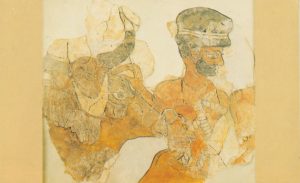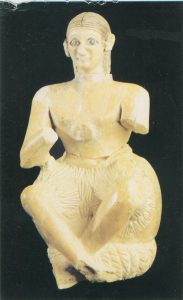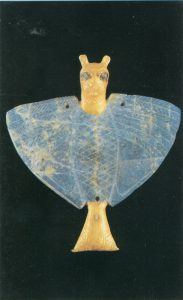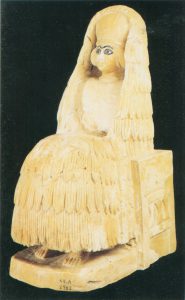Susan Dirgham is an English as a Second Language Teacher. She taught at the British Council in Damascus for 2 years. Her classes at AMES Australia have included Syrians on humanitarian visas. Susan is a keen photographer. She has a Bachelor of Arts from Melbourne University.





























